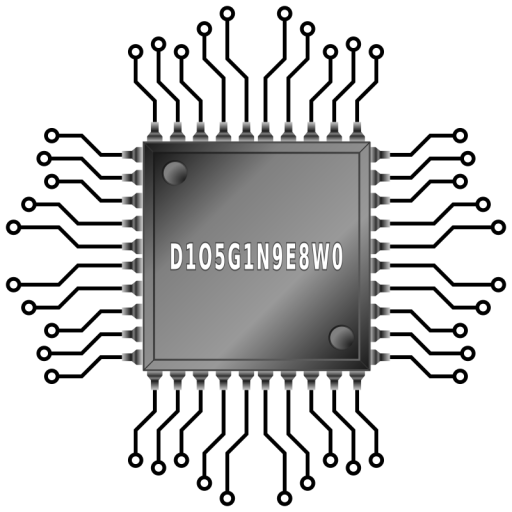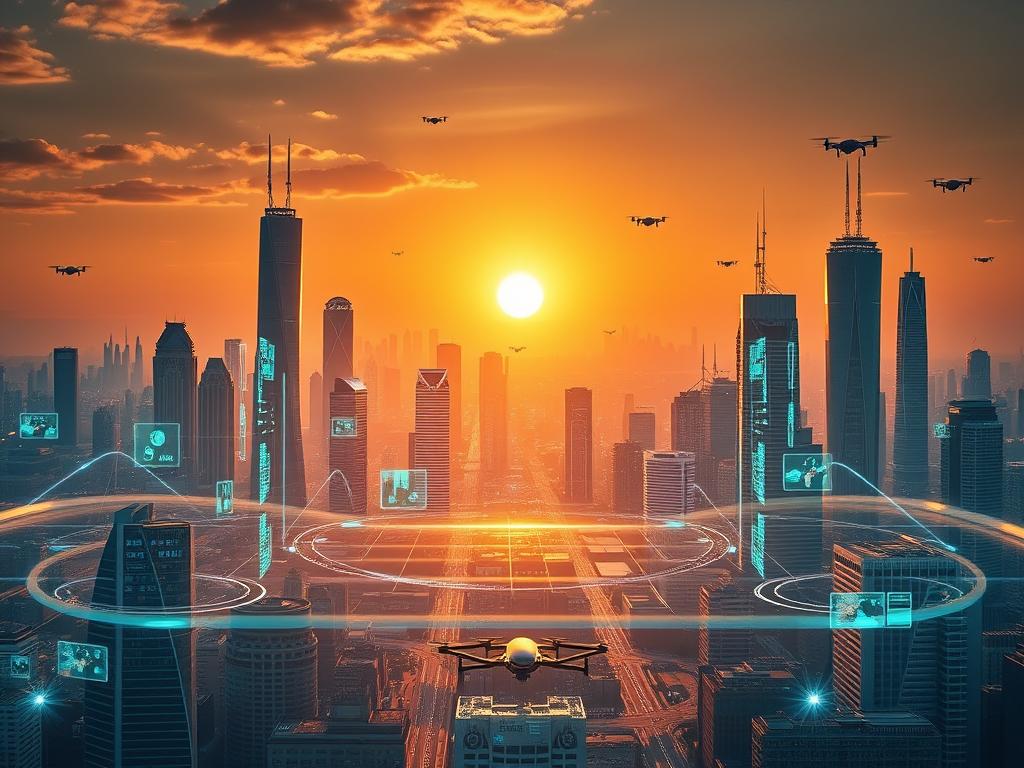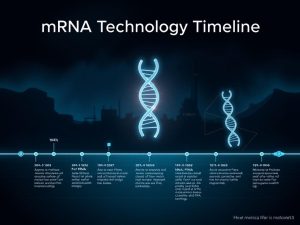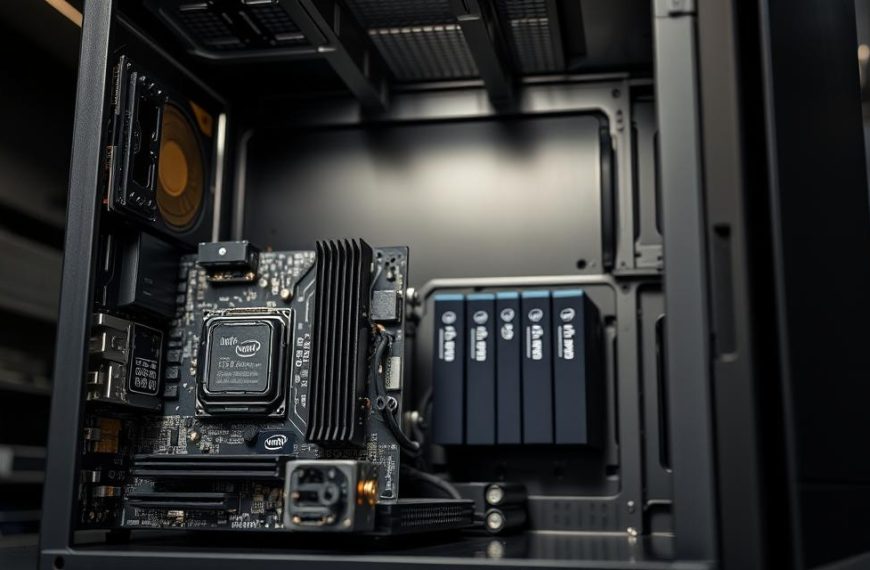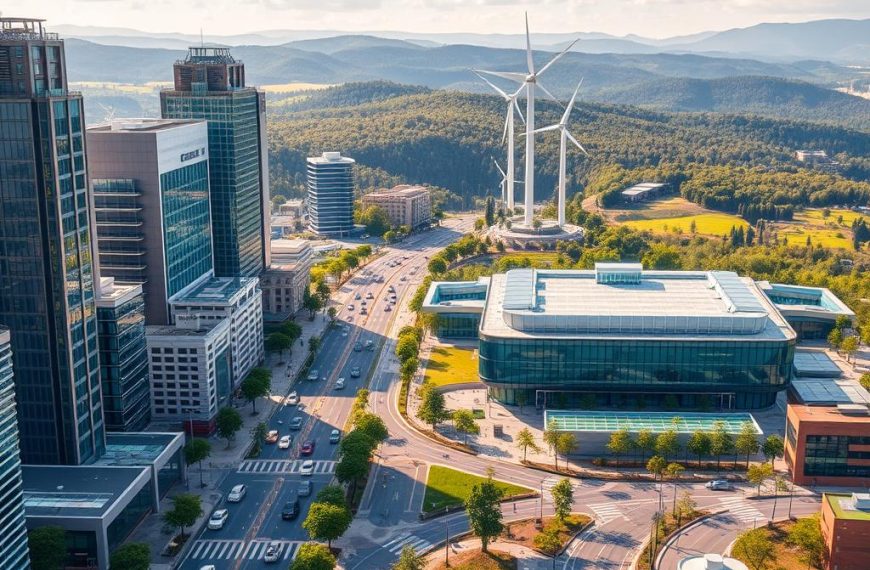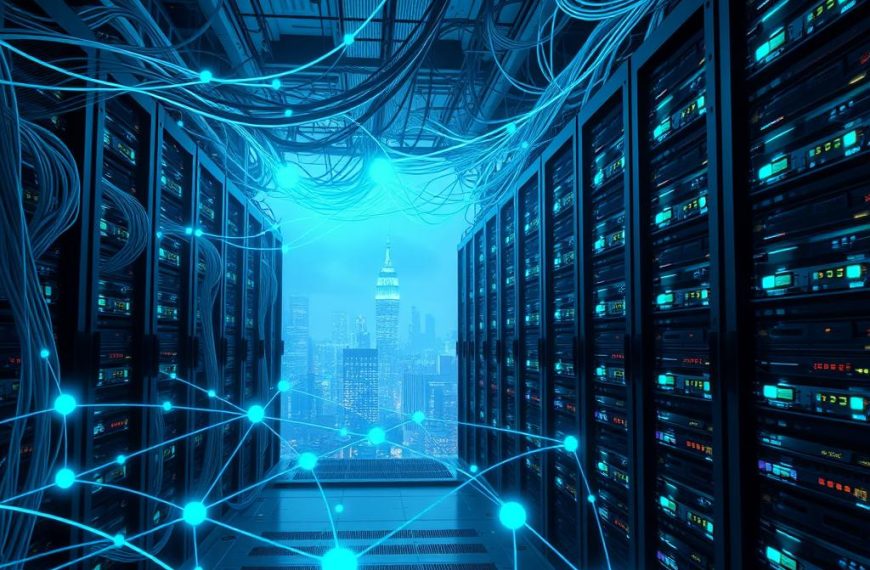The digital age is transforming our world at a breathtaking pace. Innovation is accelerating faster than ever before. Technology has become the backbone of global communication and progress.
Today’s technological landscape moves at an extraordinary rhythm. The innovation pace has shifted from decades of incremental changes to rapid developments. Our digital ecosystem has evolved from basic mobiles to sophisticated smartphones dominating global communications.
Technological breakthroughs are no longer linear but exponential. Computing power doubles approximately every 18 months. Data creation has reached an astonishing 2.5 quintillion bytes daily.
These statistics reveal a world where technological potential is expanding rapidly. It’s reshaping how we work, communicate, and understand our environment.
The digital revolution represents a fundamental reimagining of human potential. In the US, 93% of adults use the internet. Over 85% own smartphones.
We’re witnessing a global transformation that goes beyond technological boundaries. The future isn’t just approaching – it’s already here, evolving faster than imagined.
The Current State of Global Technology Adoption
The digital landscape is changing rapidly, reshaping how we connect and work globally. Global internet usage shows both achievements and challenges in digital access. Our world is at a fascinating technological crossroads.
About half of the developing world’s population has gained digital access in the last 20 years. This marks a big step in bridging the digital divide. However, there are still big differences in online population growth.
Internet Penetration and Digital Access
The global connectivity landscape is complex. Here are some key facts:
- 93% of U.S. adults now use the internet
- Worldwide internet penetration averages around 60%
- Women’s internet usage remains 12% lower than men’s globally
Developing nations are skipping traditional infrastructure and using mobile tech instead. This quick shift is expanding digital opportunities. It could help reduce economic inequalities and improve access to information and services.
Smart Device Revolution
The smart device ecosystem is growing fast. Nearly half the world’s population uses social media platforms. This shows how digital tech is changing lives.
From smartphones to connected devices, tech is becoming part of daily life everywhere. The challenge now is to ensure fair access for everyone in this global tech ecosystem.
How Fast Is Technology Evolving: From Past to Present

Technology’s growth rate has been revolutionary. Moore’s Law shows the extraordinary pace of computing power advancement. In a few decades, we’ve seen an incredible transformation in computing capabilities.
Let’s explore the journey of technological evolution:
- 1971: Microprocessors contained only 2,300 transistors
- 2017: Microprocessors expanded to over 19.2 billion transistors
- 1984: Only 8.2% of US households owned a personal computer
- 2021: Over 5 billion people now own mobile devices
The rapid growth of technology is evident in recent statistics. 90% of the world’s data was generated within the past two years. This shows the accelerating pace of digital innovation.
Technology’s evolution has transformed from centuries-long intervals to potential advancements occurring within months or even weeks.
Computing power has made sophisticated tools accessible to billions. Room-sized computers have given way to powerful smartphones. Human ingenuity continues to push technological boundaries.
This progress creates unprecedented opportunities for global connectivity. It also opens new avenues for innovation across various fields.
Breakthrough Technologies Shaping Our Future
Technology is advancing rapidly, transforming our world in unimaginable ways. Breakthrough innovations are redefining what’s possible. We’re on the brink of a technological revolution.
AI advancements are driving innovation across multiple sectors. Machine learning applications are now practical tools. They’re reshaping industries from healthcare to finance.
Artificial Intelligence and Machine Learning
AI industry growth has been remarkable. Here are some groundbreaking developments:
- An AI company reached 100 million users in less than 3 months
- AI capabilities are expected to expand significantly in the next 5-10 years
- McKinsey estimates up to 30% of occupations could be transformed by AI
Machine learning potential goes beyond simple algorithmic processes. Intelligent systems are now capable of learning, adapting, and solving complex problems with increasing sophistication.
Virtual and Augmented Reality
VR and AR technologies are changing how we interact with digital environments. Apple’s Vision Pro, released in February 2024, marks a significant milestone.
The market for these immersive technologies is growing fast. IDC projects worldwide VR/AR spending will reach $72 billion by 2024.
The future is not about technology replacing humans, but technology empowering human potential.
The Economic Impact of Technological Advancement

The digital economy is changing global economic landscapes. It’s driving tech industry growth through innovation-driven markets. Technological advancements are reshaping economic structures, creating new opportunities for businesses and workers.
Key economic changes are happening across many sectors. These include productivity gains through digital tech and shifting labour market dynamics. Emerging entrepreneurial ecosystems and expanding technological frontiers are also notable.
Recent research reveals important economic trends. Productivity growth is now less than half its historical pace. Digital technology could drive two-thirds of future productivity. Income inequality is on the rise.
This shift highlights the need for adaptive policies. These should support workforce development and tech integration. Digital literacy and continuous learning are crucial in today’s dynamic markets.
Technology is not just changing how we work, but fundamentally restructuring economic opportunities globally.
Emerging economies are narrowing income gaps through tech adoption. The global economic landscape keeps evolving. This promises exciting possibilities for inclusive growth and technological empowerment.
Societal Implications of Rapid Technological Change
Digital transformation is reshaping our social landscape at breakneck speed. It’s changing how we communicate, work, and interact with the world. Technology’s social impact has become a crucial area of study.
Modern societies are experiencing significant shifts driven by tech advancements. Tech ethics have become vital in understanding these transformative processes.
“Technology is rewriting the social contract of human interaction” – Digital Anthropology Research Centre
- Communication patterns are fundamentally changing
- Digital platforms are creating new social connectivity
- Remote work is becoming increasingly normalised
The tech revolution brings both opportunities and challenges. Businesses are quickly adapting to this new landscape. Many Fortune 1000 companies are investing more in AI and big data.
| Technology Domain | Annual Improvement Rate |
|---|---|
| Software Algorithms | 42% |
| Integrated Chips | 42% |
| Information Exchange Systems | 216% |
The digital landscape keeps evolving, challenging traditional social structures. It’s creating new ways for people to interact and connect.
The Future of Technology: Predictions and Possibilities
Emerging technologies are set to change our world in amazing ways. These advances are moving at an incredible speed. They’ll reshape how we live, work, and interact with our surroundings.
Exciting tech forecasts point to remarkable growth in various fields. Let’s explore some key predictions for the future.
- AI is expected to reach a staggering $500 billion industry valuation by 2024
- Internet of Things (IoT) devices could expand to 50 billion by 2030
- Quantum computing will potentially reshape industries like finance and medicine
The merging of different technologies opens up new possibilities. Artificial intelligence, robotics, and advanced networking are working together in exciting ways. This teamwork could help solve big global problems.
“Technology is best when it brings people together and enhances human potential.” – Unknown
We’re likely to see big tech advances in important areas. These changes could affect many parts of our lives.
| Technology Domain | Projected Impact |
|---|---|
| AI and Machine Learning | Transforming healthcare, finance, and industrial processes |
| 5G and Edge Computing | Enabling real-time data processing and faster connectivity |
| Quantum Computing | Revolutionising cryptography and scientific research |
We’re on the edge of a tech revolution. The future looks bright with smart systems and connected networks. Ideas that once seemed like fantasy are becoming real.
Conclusion: Embracing the Technological Revolution
Technology evolves rapidly, challenging us to develop an innovation mindset. With 600,000 new internet users daily, the digital world demands constant adaptation. Digital literacy is now crucial for success in this changing environment.
Tech adaptation is essential for growth, both professionally and personally. The workforce faces challenges like job automation and the growing gig economy. People must invest in their skills to stay ahead of fast-paced industry changes.
Our connected world offers opportunities and challenges. The digital divide remains a concern, creating social and economic gaps. Embracing tech change requires ongoing learning and understanding its broader impact.
The future favours those who can navigate the complex tech landscape. Curiosity, resilience, and an open mind are key. By building digital skills, we can turn challenges into opportunities.
This approach ensures we stay relevant in our increasingly digital world. Continuous learning and adaptation are crucial for success in this ever-changing landscape.
